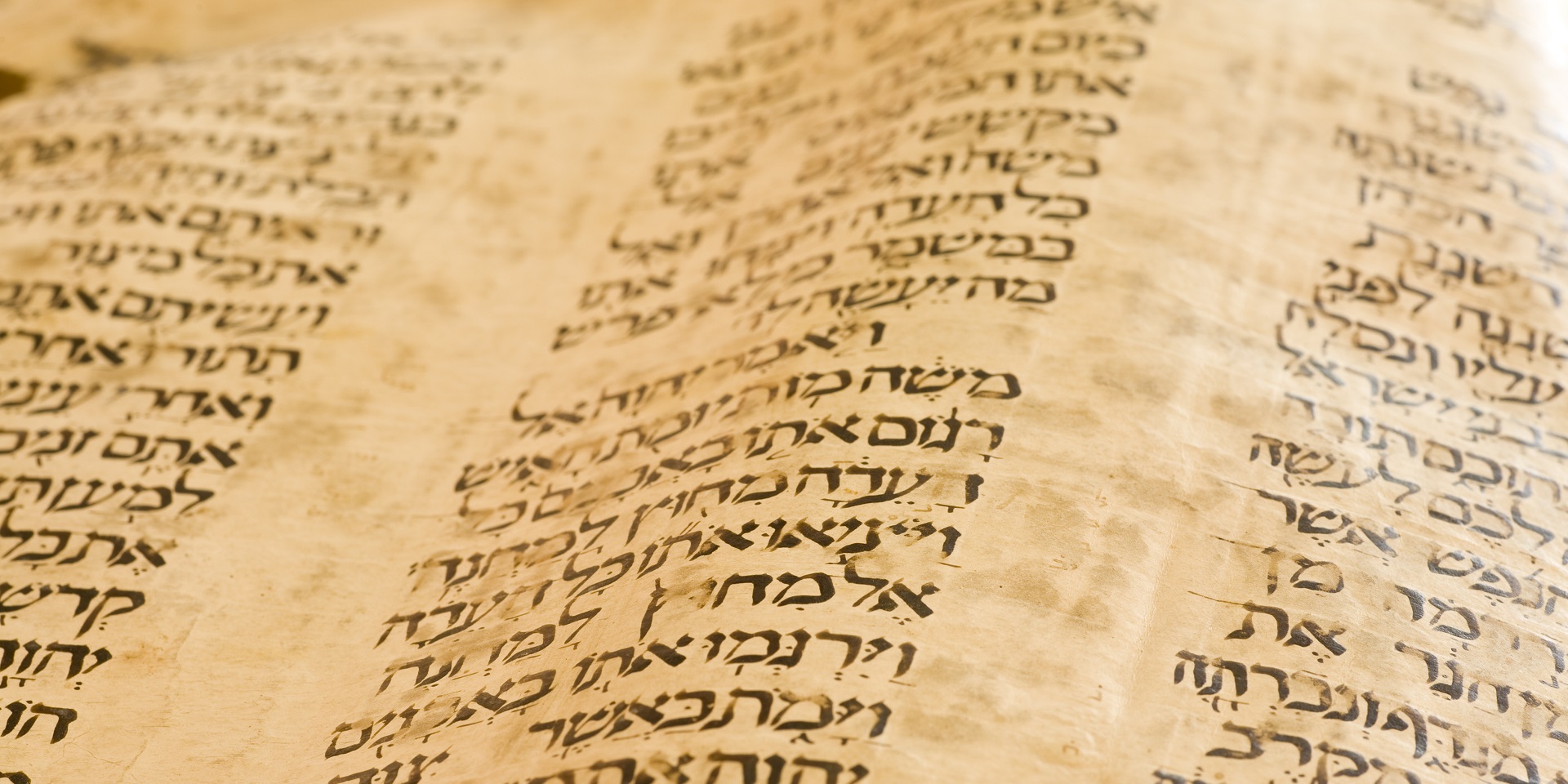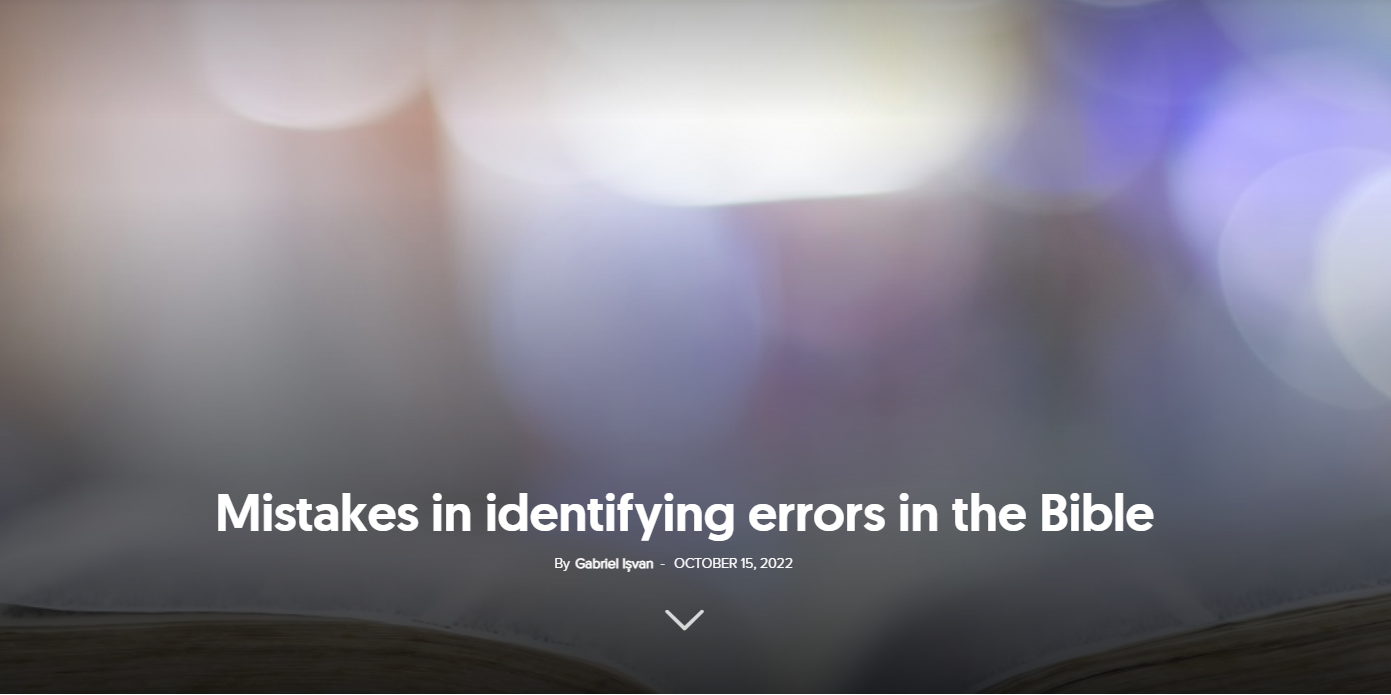What guarantees do we have that the texts from which modern translations of the Bible were made reflect the original?
The common reader of the Bible learns quite quickly that the version before their eyes is a translation. The Old Testament was written in ancient Hebrew, with some chapters in Aramaic as well. The New Testament was written in popular Greek (koiné), or Hellenistic Greek. When they learn that the original manuscripts no longer exist, but only their copies, and that there are some differences between these copies, the reader rightly wonders if the texts from which the modern translations were made reflect the original.
Before discussing the two great divisions of the Bible (the Old and New Testament), let us also note that most works from Antiquity survived only in an extremely small number of manuscripts. Plato’s work is found in only seven manuscripts, Thucydides’ and Herodotus’ in only eight. Only 10 manuscripts remain for Caesar’s Gallic Wars and 20 for Tacitus. The only exceptions are Demosthenes, with 200 manuscripts, and Homer’s Iliad, with 643 manuscripts. However, these figures are not comparable to the number of biblical manuscripts.
Let’s start with the Old Testament. The Hebrew text enjoys a number of more than 12,000 manuscripts (complete or fragmented), from three different sources. About 2,000 of these are of late (medieval) origin. Around 10,000 were discovered in Cairo in the 19th century and represent material dating back to the 9th century. The most important, however, are the around 600 manuscripts discovered at the Dead Sea (in 1947 and in the following years) which are also the oldest, dating back to the 3rd century BC.
What is interesting is that a comparison between all these manuscripts led to a fabulous conclusion: the percentage of similarity is 95%, the remaining 5% representing differences in details (spelling mistakes) insignificant from the point of view of the content. This amazing fact is due, among other things, to a certain cult of akribeia shown by the Jewish scholars who copied the manuscripts over time.
When we turn to the New Testament, things look even more favourable in terms of the credibility of the Greek manuscripts. To better understand things, by comparison, it should be noted that the time distance between the oldest Hebrew manuscripts and the beginnings of Israel’s history is about two millennia, while the time distance between the oldest Greek manuscripts and the events depicted on the pages of the gospels is barely two centuries.
Furthermore, we have at our disposal over 5,700 manuscripts (complete or fragmented) of the New Testament. Whether it is the papyri of the 2nd and 3rd centuries or the early codices of the 4th and 5th centuries, in the case of the New Testament we enjoy some impressive witnesses from a historical point of view which are confirmed in a proportion of over 98% by the later manuscripts. Most of the differences between them are of a graphic nature (additions, omissions, substitutions), most of them being related to words or short expressions.
If one fears that in certain manuscripts important Christian doctrines are added or removed, through omissions or additions of verses, it is important to know that the best specialists in textual criticism (the science that deals with the history and comparison of manuscripts) bluntly state that none of the Christian doctrines are affected by the variation between the manuscripts—the latter being stylistic rather than content-oriented.
Laurentiu-Florentin Moţ completed his doctoral studies in the field of the New Testament at AIIAS (Philippines). He is a university lecturer and rector of the Adventus University in Cernica, Romania.




















